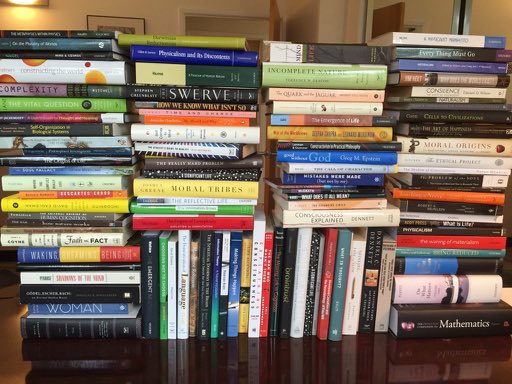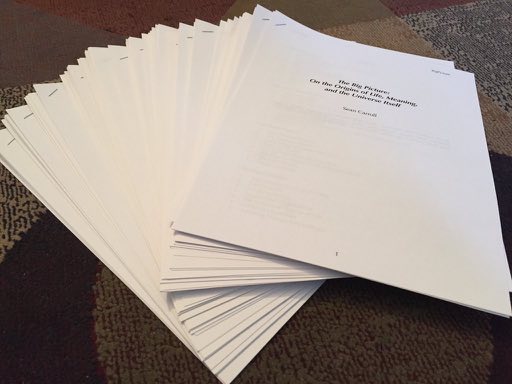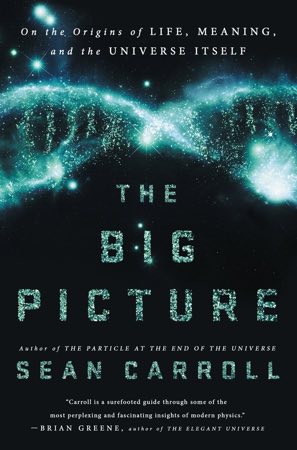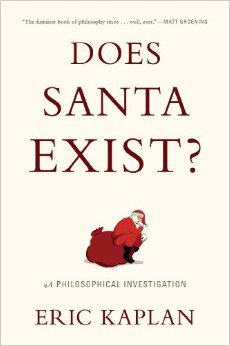That’s Just What They Would Say
The announcement we wait for every year has finally come in, and the American Dialect society has chosen their Word of the Year! That word is: “they”. It beat out other finalists such as “ammosexual.”
You might think that dubbing “they” as the Word of the Year is some sort of lifetime-achievement award, since the plucky pronoun has been part of English for quite a long time. But the prize has been given, not for the word itself, but for a particular usage that has been gaining ground for a while now: the singular “they.” We most commonly use the word to stand for the plural: “Jack and Jill went up the hill, but once there they realized they had forgotten their pail.” More and more, however, we’re seeing it used to denote one person at a time, when their sex is unknown to us: “The robber left no fingerprints, but they did leave a note to taunt the police.”
It would be somewhat more traditional, in some circumstances, to say “he or she did leave a note.” It’s a bit cumbersome, however, and to be honest, the real tradition is simply to act like women don’t exist, and say “he did leave a note.” The rise of “he or she” has reflected our gradual progress in remembering that human beings come in both male and female varieties, and our language should reflect that. (We can also try to make it reflect the full diversity of sex and gender roles, but while that’s an admirable goal, it might not be realistic in practice.)
Using “they” instead of “he or she” or just “he” is a very nice compromise. It sounds good, and it’s a word we’re already familiar with. Die-hard prescriptivists will complain that it’s simply a mistake, because when the God of English wrote the rules for our language, He (presumably) declared that “they” is only and always supposed to be plural. That view doesn’t accord with common sense, nor with the reality of the history of English. A long list of the best writers in the language, from Shakespeare and the authors of the King James Bible to Jane Austen and George Orwell, have deployed “they” as the correct pronoun to use when describing a single person whose sex is not known to us. Supporters of singular “they” are not revolutionaries twisting our language to the diabolical purposes of modern political correctness; we are just recalling a well-established and more correct way of speaking.
It’s long been argued that “he” served perfectly well as a generic singular pronoun, without any implication at all that the person being referred to is actually male. The problem with that view is that it is false. Studies have consistently shown that referring to unknown persons as “he” makes listeners envision a man much more often than a woman. To which one can scientifically reply, no duh. Pretending that “he” refers equally to men and women is just another strategy for pretending that sexism doesn’t exist — a tradition much more venerable than using “he” as a generic pronoun.
Minor fixes in our use of language aren’t going to make sexism go away. But they are steps in the right direction. I like to hope that, when the next young genius appears to revolutionize science, they will have had to deal with just a little bit less discrimination than their predecessors did.
That’s Just What They Would Say Read More »



 One of the things Kip talks about is that the film refers to the concept of a tesseract, which he thought was fun. A tesseract is a four-dimensional version of a cube; you can’t draw it faithfully in two dimensions, but with a little imagination you can get the idea from the picture on the right. Kip mentions that he first heard of the concept of a tesseract in George Gamow’s classic book
One of the things Kip talks about is that the film refers to the concept of a tesseract, which he thought was fun. A tesseract is a four-dimensional version of a cube; you can’t draw it faithfully in two dimensions, but with a little imagination you can get the idea from the picture on the right. Kip mentions that he first heard of the concept of a tesseract in George Gamow’s classic book 